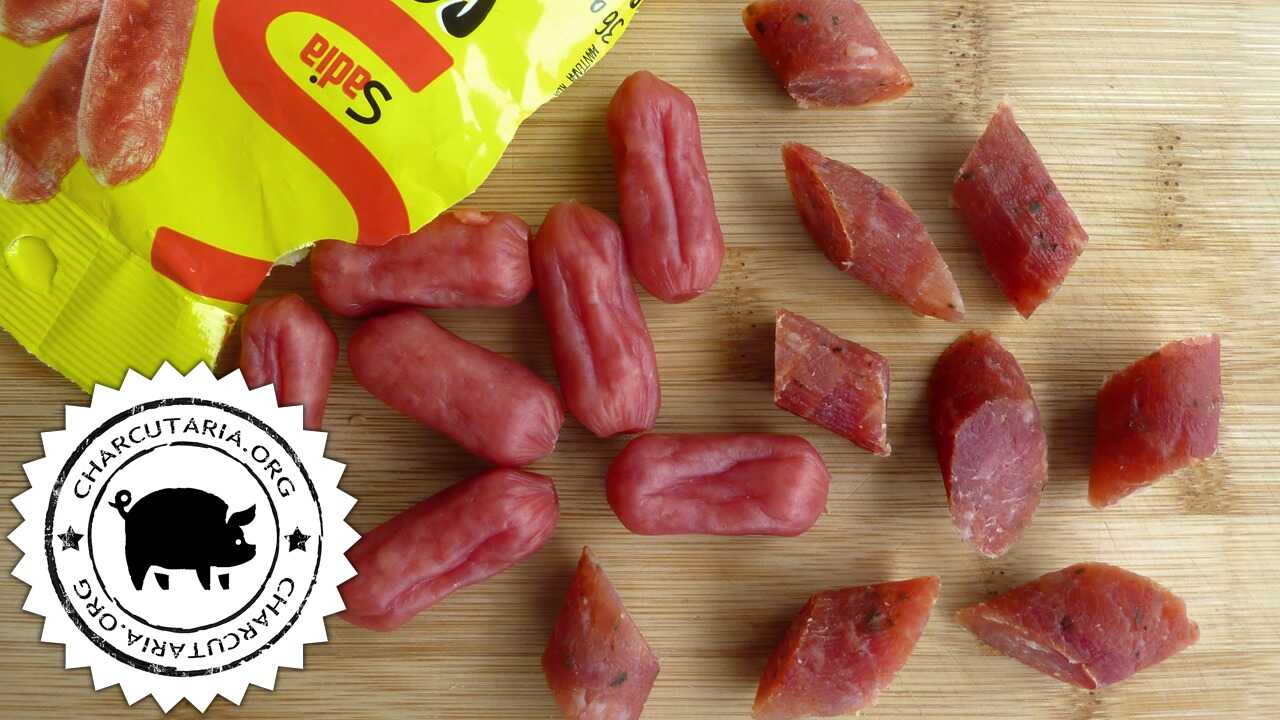
Salamitos is a product from Sadia (BRF) which describes it as “snack 100% salami from Sadia that does not require refrigeration. Just open and eat anytime or anywhere!“. In short, it is a salami with a very small diameter and ready to eat, without the need for refrigeration. A pocket-friendly source of protein. It can replace “social club” crackers and cereal bars for out-of-hours snacks. It is an alternative rich in protein, free from vegetable fats (hydrogenated, from transgenic and/or interesterified sources) and with a very low level of carbohydrates.
Original ingredients presented on the packaging of traditional Salamito: Pork, Pork bacon, Skimmed milk powder, Salt, Dextrose, Garlic, Pepper, Ginger, Marjoram, Starter Culture, Paprika, Acidulant: Glucone-Delta-Lactone and Citric Acid, Enhancer Flavor: Glutamate, Antioxidant, Sodium Isoascorbate, Conservative: Sodium Nitrate, Flavouring: Natural Rosemary Aroma.
In this recipe I tried to create a product similar to salamito. According to BRF Sadia it is 100% salami, therefore I assume that the processes are respected, only shortened by the minimum thickness of this salami. Something I noticed is that apparently the salami comes with a very thin edible casing, which I assume is collagen. According to the description, starter culture is used, which is a good indication of the quality and safety of the product.
I made it with edible collagen casing and in the end the casing came loose from the salami, having to be removed but without compromising the quality of the product.
Ingredients
- Pork shank 1000g;
- Salt 20g – 2%;
- Sugar 5g – 0.5% (important for the fermentation of the starter culture);
- Granulated dehydrated garlic 4g – 0.4%;
- Onion powder 4g – 0.4%
- Curing salt 2 (6% of nitrite, 3% of nitrate and 93.75% of salt) – 3g – 0.24%;
- Antioxidant with sodium erythorbate 2.4g – 0.24% (antioxidant based on sodium erythorbate and citric acid acidifier);
- Monosodium glutamate 2g – 0.2%;
- White pepper 1g – 0.1%;
- Ginger powder 1g – 0.1%;
- Marjoram 1g – 0.1%;
- Sweet paprika 1g – 0.1%;
- Starter culture (lactic acid bacteria) – 0.1g – diluted in a cup of coffee with filtered water.
- 21 gauge edible collagen casing
Preparation of Salamitos
- Clean the ham keeping as much fat as possible;
- Cut into cubes to grind;
- Grind or chop finely with a knife;
- Mix with the flat paddle in an orbital mixer or using your hands;
- Add all the dry ingredients and the starter culture and continue mixing until you obtain a sticky dough;
- Embed in 21 gauge edible collagen casing;
- Hang in a protected place for 72 hours for the starter culture to ferment – ideally 25ºC;
- After 72 hours, transfer the salami to a cold, humid and lightly ventilated environment. Ideal 12ºC and 80 relative humidity;
- The salamis should be ready after 6 days of hanging, but the doneness may vary according to your preference, the longer it takes, the drier the salamis will be;
- Well packaged and refrigerated it should last up to 90 days.
Start of fermentation on 09/13
Start of drying/maturation on 09/16
End of drying/maturation on 09/22
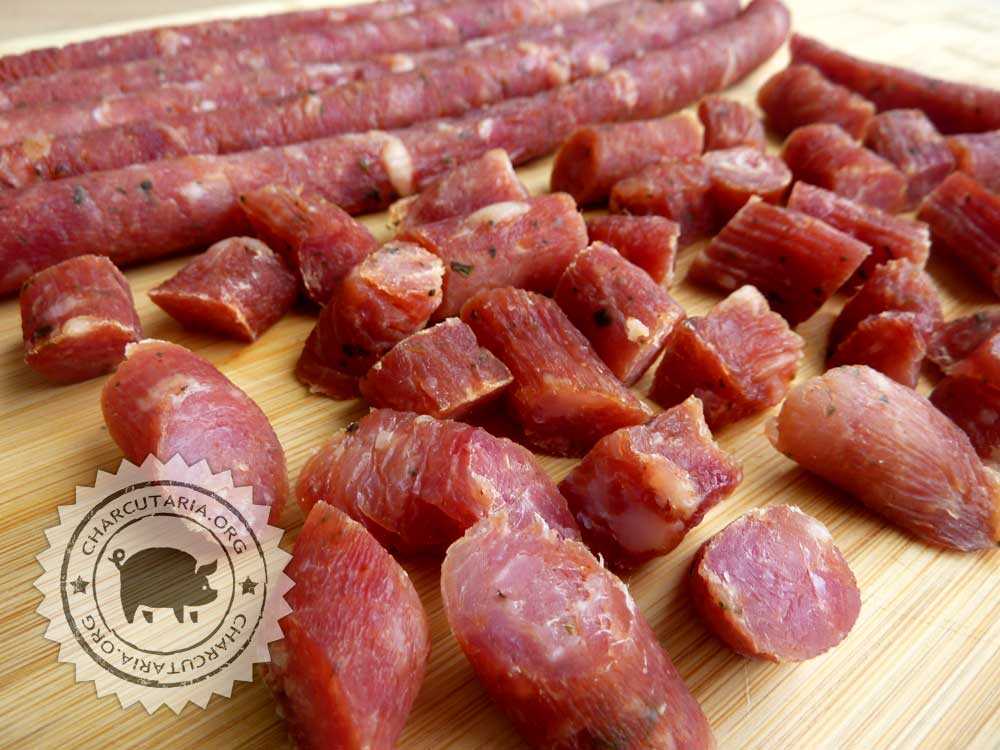
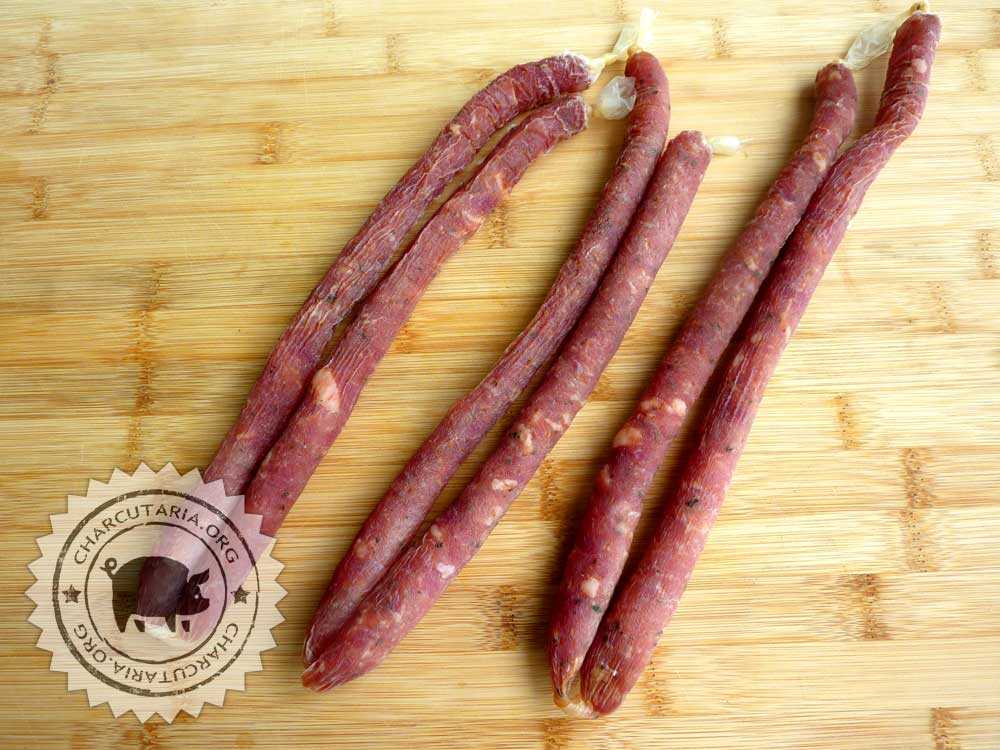

-
 Curing salt 1R$ 8,00
Curing salt 1R$ 8,00 -
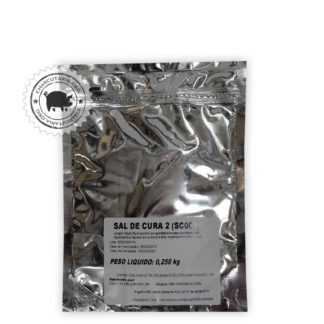 Curing salt 2R$ 8,00
Curing salt 2R$ 8,00 -
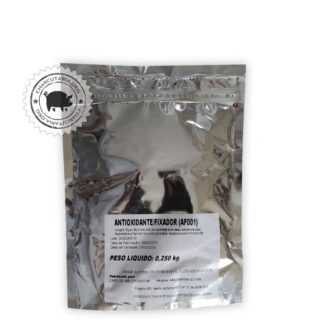 Fixative AntioxidantR$ 23,00
Fixative AntioxidantR$ 23,00 -
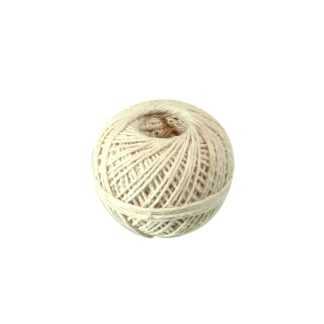 Culinary twineR$ 7,90
Culinary twineR$ 7,90 -
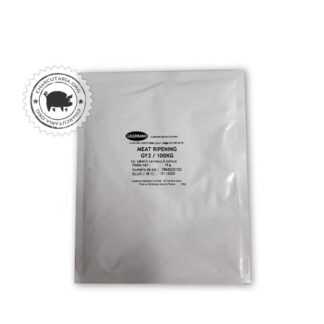 Starter CultureR$ 69,90
Starter CultureR$ 69,90 -
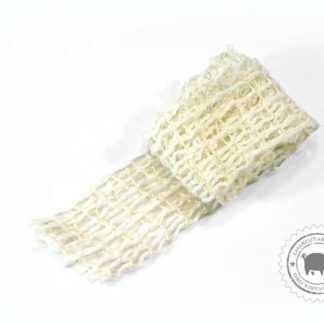 Culinary elastic net 50mmR$ 15,00
Culinary elastic net 50mmR$ 15,00 -
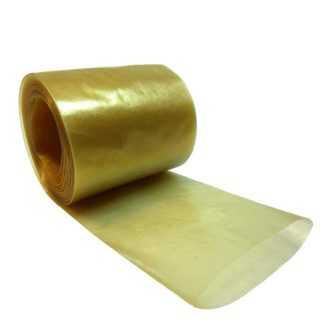 Collagen casing 45mm roll 5 meters salamiR$ 25,00
Collagen casing 45mm roll 5 meters salamiR$ 25,00 -
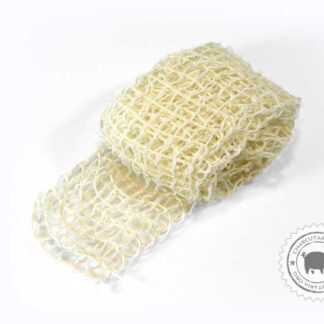 Culinary elastic net 65mmR$ 18,00
Culinary elastic net 65mmR$ 18,00 -
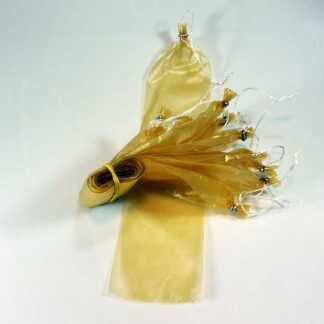 Salami collagen casing 45mm 10 units tiedR$ 22,00
Salami collagen casing 45mm 10 units tiedR$ 22,00 -
 Collagen casing 80mm cup and salamiR$ 29,90
Collagen casing 80mm cup and salamiR$ 29,90 -
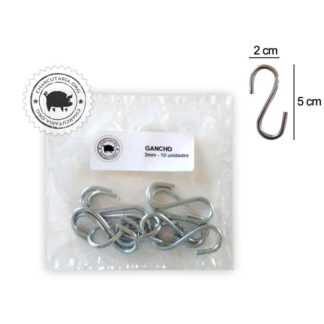 Galvanized HookR$ 12,00
Galvanized HookR$ 12,00 -
 Salami collagen casing 50mm 10 units tiedR$ 24,00
Salami collagen casing 50mm 10 units tiedR$ 24,00


Goodnight. Mine, after fermentation, had a sour smell. After 1 day they were sticky. I used gy2 culture and brown sugar, could that be why? I closed them in a box like the one shown in the video. Could you give me an idea of where I might have gone wrong? Thanks
Hi Carlos, what was the room temperature like and how much sugar did you use?
Hello, is it necessary to use starter culture? I'm very interested in making it without any added sugar. Is there such a possibility?
Hi Clara, yes, you can do it without the starter culture and, in this case, without any source of sugar.
Thank you very much for your feedback! In this case it is not necessary to hang for 72 hours at 25ºC before, hang directly on a cold environment for 6 days?
Without the starter culture, you must skip the fermentation stage and take it directly to the cold environment. 6 days is a suggestion, you can leave more or less depending on the desired point.
It is normal for the smell and taste of external mold to be very pronounced in salami (white mold) the smell is similar to biological yeast in bread
Hi Thiago, yes it is common for there to be a smell during the process, especially in the first few days. As the salami loses weight, the smells tend to reduce, leaving the aroma of the condiments more pronounced, as the reduction in water inhibits the proliferation of new microorganisms.
How long to consume?
Hi Douglas, the original product is valid for 4 months at room temperature. Dry and cool place up to 25ºC. Chilled even better. I believe that vacuum or well-packaged have the same shelf life, just take all hygiene precautions during production.
Who doesn't have an air conditioner?
There's a way to make it homemade
Hi Leila, if the temperature is mild you can do it outside the air conditioning, in the room. If it's hot, you can do it the same way this salami was made in the fridge: Handmade salami made in the fridge